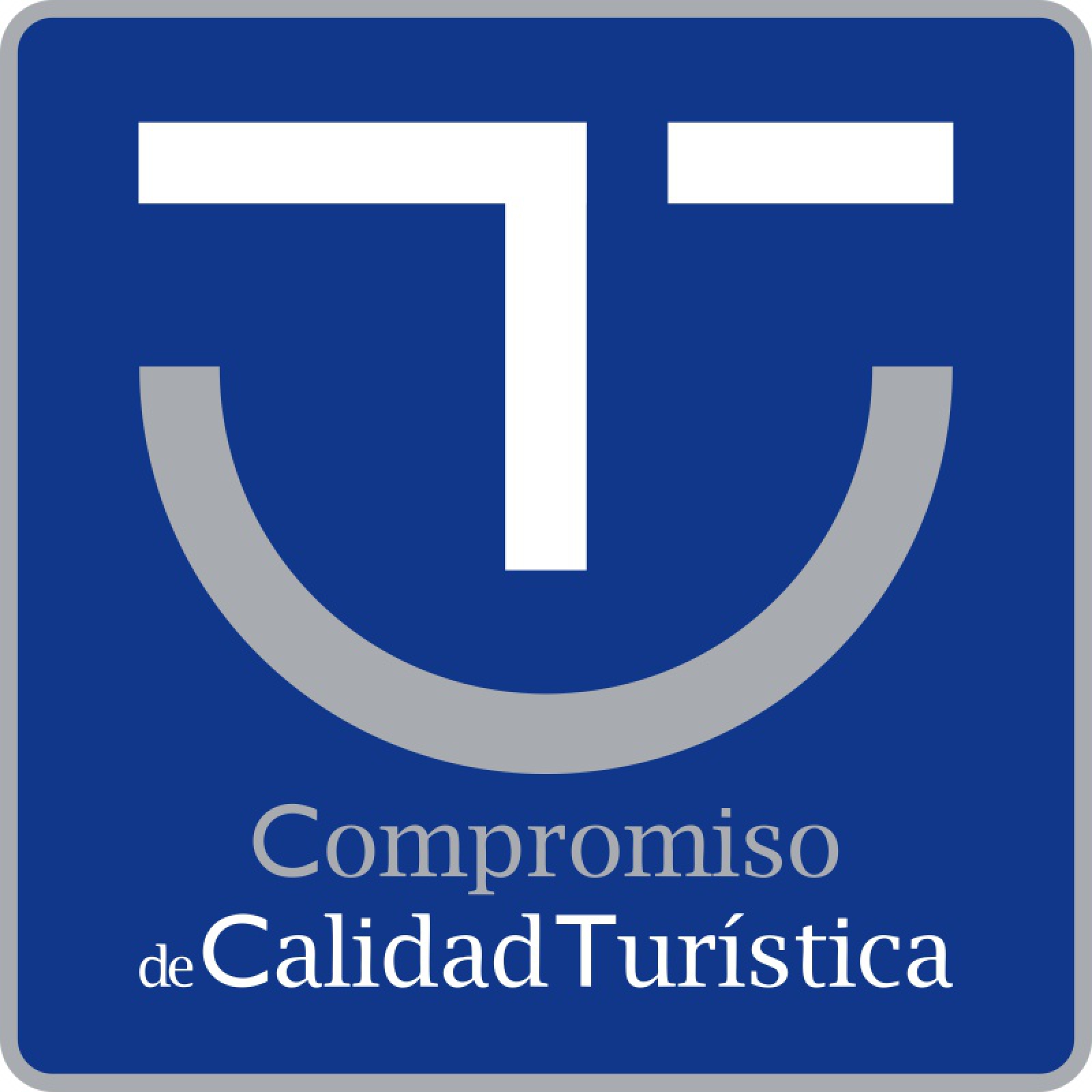The Atlantic Islands of Galicia National Park is Galicia’s only Maritime-Terrestrial National Park. This place is considered one of the best sustainable destinations that exists today and boasts a beach which is considered the best in the world, Rodas beach. Without a doubt, it is a privileged location with a great deal of charm which has become one of the main tourist attractions for those who visit the Rias Baixas. In today’s article, we tell you about its history.
History and culture of the Atlantic Islands
The Atlantic Islands of Galicia National Park consists of four groups of islands: Cíes, Ons, Sálvora and Cortegada. All of these islands are situated near to the coast and are also close to each other. For this reason, they share a common history: they have been occupied by the ecclesiastical society, have been invaded on several occasions and various European civilisations have sailed their waters and walked their land. However, it should also be noted that one of the islands has its own particular features and its own history of great historic and cultural value.
Thanks to the archaeological remains that were found in the park, it has been possible to find out in which stages of history the islands were inhabited. The oldest remains correspond to the Palaeolithic and Neolithic period, a time when the islands were an area of transit. There were also findings from the Bronze Age, such as the fortified settlements of Ons and Cíes and the ceramic remains found in Cortegada. The first settlements came from this era, the first of all of them was the “As Hortas” on the slopes of Monte Faro, on the Cíes Islands. The amphoras found in the area showed that the inhabitants of that era were already eating different fish and seafood.
Remains have also been found that confirm the islands were inhabited in the Middle Ages, such as the hermitage of Cíes and the archaeological remains of the Monastery of San Esteban, built during the period in which members of the ecclesiastical community inhabited the island. By the same vein, remains were found of a chapel dating back to the 15th century in Cortegada and an Anthropomorphic tomb in Ons. In addition, remains of galleons have been found that belong to the Modern Age and parts of other ships sunk in the last century. All of this evidence brings us closer to the communities that lived or passed through the Atlantic Islands and left us proof of how they used to live.
In recent years, the houses of ancient inhabitants have been maintained, in the case of the island of Ons, they are still lived in. On the islands of Sálvora, Ons and Cíes, the buildings still remain that once housed the salting factories and that now have other uses. In addition, you can also find religious symbols and buildings such as chapels or churches on all of the islands. There are also maritime signals such as their famous lighthouses, some of which still light up for seafarers.
Birth and development of the Atlantic Islands National Park
Galicia’s Atlantic Islands have been a protected area for more than 40 years. The first initiative to protect and preserve the biodiversity of the islands began in 1980, when the archipelago of the Cíes Islands was declared a World Heritage Site. Eight years later, in 1988, it was awarded the title of Special Protection Areas (SPAs) for Birds, to protect the birds that inhabited it. This banned them from being hunted and favoured the environmental conditions required for them to rest and reproduce.
Later, in 2002, all of the islands as a whole were declared Galicia’s Atlantic Islands Maritime-Terrestrial National Park, including the archipelagos of Cíes, Ons, Sálvora and Cortegada. Moreover, in 2008, they were integrated into the OSPAR convention, which was created for the environmental protection of the marine ecosystem of the North-East Atlantic. And, finally, they obtained the European Charter for Sustainable Tourism in Protected Areas certificate from EUROPARC, an organisation that works with national parks throughout Europe to improve their protection.
As a result of all of this, since it was declared a Galicia’s Atlantic Islands Maritime-Terrestrial National Park, it has become a protected area, in which only activities that are respectful towards its islands and natural surroundings are carried out. These include tours that show you the natural and cultural heritage of the islands and enable you to discover the flora and fauna that are found on the islands and in the waters surrounding them.
Although the islands welcome visitors, if you want to visit them, you must bear in mind the restrictions on capacity. Sustainable tourism is promoted which helps to protect the natural space and, therefore, there is a daily limit on visitors. For that reason, if you would like to visit this national park, we recommend you book your ticket well in advance and that you remember to apply for the permit from the Xunta de Galicia (Government of Galicia) through its website, so you can visit without any problems in the high season (Easter and from May 15th until September 15th).
If you find yourself on a trip to the Rias Baixas, we recommend you visit this national park because you will love it. Come and discover our natural wealth and discover all of the stories and legends that this peculiar place is home to and which fights each day to preserve its legacy.
Check out our website for the next available dates!




